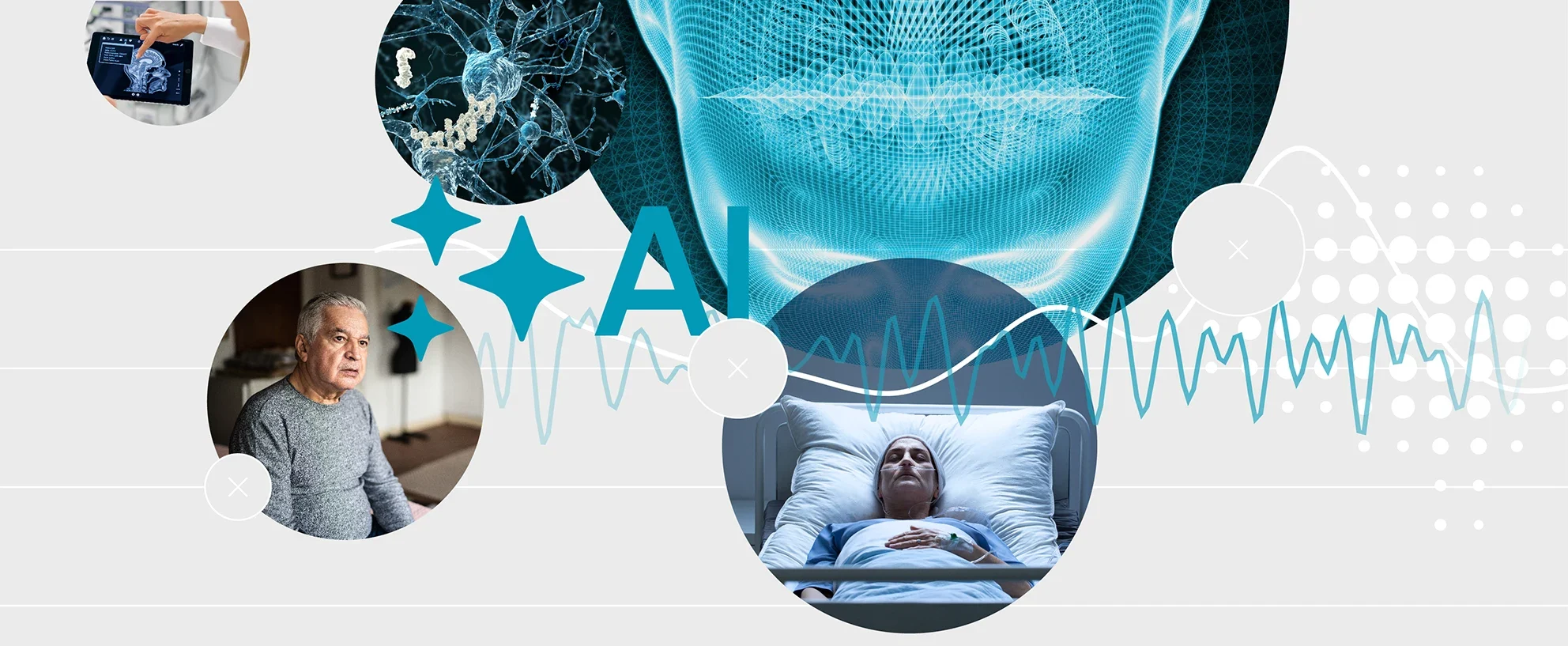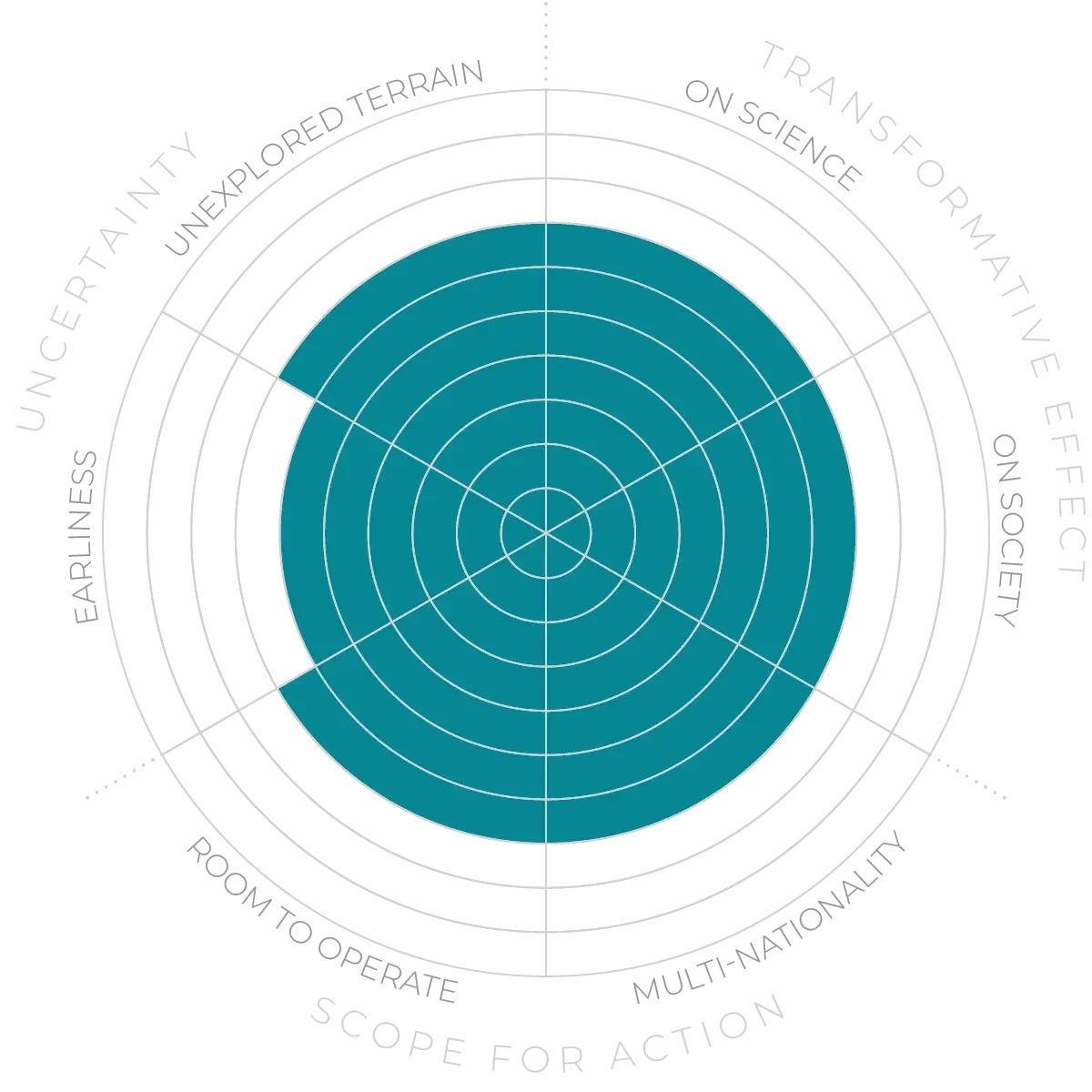Understanding the difference between these various types of human consciousness will be a vital part of the effort to treat injury and disease, and to understand various aspects of human-rights issues associated with consciousness. Research efforts are aiming to do this, with some success in the application of diagnostic tools that can differentiate between a vegetative state and a minimally conscious state, for instance.10 Functional MRI and EEG can be used to demonstrate performance of cognitive tasks in some comatose patients who do not follow verbal commands.11 Intervention in coma patients, aiming at recovery, is becoming a realistic, if long-term, prospect.12,13 There is hope that better understanding will help detect and assess early memory loss in ageing and in Alzheimer’s disease, and guide treatment and care.14At the other end of life the need to assess consciousness “in the cradle”, in the prenatal and infant stages, is becoming an issue with medical, educational, legal and ethical implications.15
Neurosurgical research demonstrates that specific neuronal activity underlies the emergence of concepts, memories and intentions in human consciousness. Recent work involving direct recordings from the human brain has highlighted the role of specific regions of the thalamus in mediating conscious perception, showing flow of involved information from these thalamic nuclei to the prefrontal cortex.16 Further exploration here, with emerging brain-recording and stimulation tools, partnered with AI-based analysis, could help decode conscious and preconscious states.17,18 Interaction with sleeping humans can also help to explore the space between the conscious and unconscious brain.19
Such work could also help with fundamental science, such as developing theoretical understanding of consciousness by identifying areas of interest for probing the neural correlates of consciousness, and contribute to the quantification and classification of consciousness in humans.



